
I first became acquainted with the wonders of manure when my wife and I bought a small farm years ago. Not long after we moved in, we also purchased a horse—and all that goes with owning a horse, including, of course, manure. Mucking out stalls was a job I put off as long as I could, until I planted our first garden at our new home. I spent the winter dumping loads of the stuff into what the previous owners had said was an organic garden spot. By spring I had covered the entire garden with several inches of manure. By fall I realized just how potent the manure was when I begged neighbors to p-l-e-a-s-e come down and pick some of the beans before they took over the stable. That was 10 years ago, and ever since, I have been experimenting with different types of manure.
Today I own a different “Old MacDonald” farm that includes virtually every animal in the children’s song—ducks, geese, cows, horses, goats, sheep—plus a few more, like pigeons and rabbits. But for all the variety, these wonderful creatures do have one thing in common—manure. Gardener’s gold.
Manure consists of three basic elements critical to plant health: nitrogen, phosphorus, and potassium. Nitrogen allows plants to produce the proteins needed to build living tissue for green stems, strong roots, and lots of leaves.
What is NPK in gardening?
Phosphorus helps move energy throughout the plant, especially important in maturing plants. Potassium aids plants in adapting sugars needed in growth and is especially helpful in root crops. Together, these three elements form that magic formula, N-P-K, the backbone of all fertilizers, man-made or organic.
Humus
Manure also contains large amounts of humus, a wonderful soil amendment. Humus is simply the bulky, fibrous material that comes from plant fibers and animal remains and is valuable in several ways: it gives better tilth to clay soils; supplies food for soil flora and fauna; preserves moisture during dry spells, while ensuring good drainage during wet times; and it is a storehouse for nitrogen in the soil. In short, humus acts like a reservoir, allowing nutrients to work.
What type of manure should you use?
Manure quality will vary from farm to farm and from time to time, depending a great deal upon the amount and type of bedding collected with it. Testing manure may be the only way to determine for sure what its nutrient content actually is. So, keep in mind that the references made here to nutrient levels in different kinds of manure serve as only a general guide.
Do not use manure from household animals
All animals produce manure, but only livestock produce it in sufficient quantity and in a limited enough location to be of use to gardeners. And in case you’re wondering, it’s not a good idea to use manure from household animals like dogs and cats. Their feces are more likely to contain pathogens harmful to humans. Stick with the droppings from barnyard animals. One note of caution: Individuals with compromised immune systems, such as those with the HIV infection, should talk with their doctors about eating food from gardens fertilized with manure.
Horse and cow manure is humus-rich
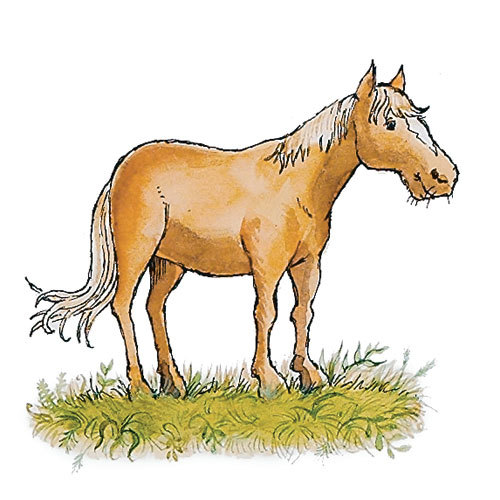
Because cows and horses are grazers, most of what they consume is in the form of roughage like grass or hay, which produces a bulky, humus-rich manure, but one with relatively low levels of the three essential elements. Cow manure, depending on bedding amounts, weighs in at a dismal 0.5% nitrogen, 0.5% phosphorus, and 0.5% potassium, low in all three elements. Be sure to cure cow manure by giving it plenty of time in your compost pile.
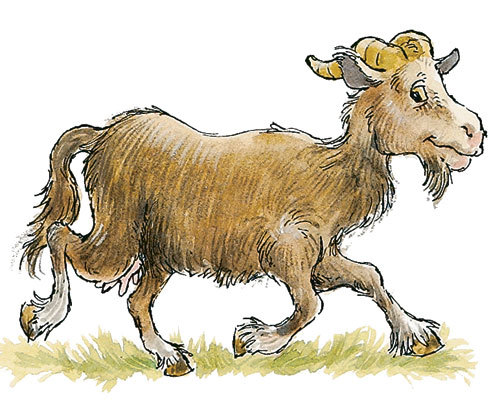 Horse manure usually scores slightly better in all categories with a 1.5–1.0–1.5 N-P-K rating and a shorter composting time. However, unlike cow manure, you can’t buy it bagged. Although horse manure breaks down faster than cow manure, it still should be well composted before using it on a garden during the growing season.
Horse manure usually scores slightly better in all categories with a 1.5–1.0–1.5 N-P-K rating and a shorter composting time. However, unlike cow manure, you can’t buy it bagged. Although horse manure breaks down faster than cow manure, it still should be well composted before using it on a garden during the growing season.
Manure from sheep and goats is easy to handle
Sheep and goats produce better manure than cows and horses. For one thing, they’re neater, producing pelletized droppings that are easily gathered and distributed. And in the case of milk goats, which are often kept in stalls with bedding, the urine is captured along with the droppings, thus greatly increasing the value of the manure by retaining more nitrogen. Both animals produce around a 1.5–1.0–1.8 rating on the nutrient chart. An added advantage is quick composting because the pelletized form of the droppings allows more air into the compost pile and makes for greater surface area and quicker drying. Also, goats and sheep produce a manure that is virtually odorless if gathered in cool weather. And, since it comes in pellets, it is simple to spread and till into the garden.
When I gather the manure from my sheep, I actually use a broom and flat shovel to sweep it up and then dump it into a wheelbarrow. The whole process takes just a few minutes and is not backbreaking work like mucking out cow or horse stalls. I even put small amounts of the manure directly into my garden in the early spring. It breaks down so quickly that it doesn’t hurt the young plants that go out just a few weeks later. However, never apply any fresh manure directly to the roots or stems of plants.
Rabbit manure scores high in nitrogen
 Resembling the droppings of goats and sheep, only smaller, rabbit manure looks like it was made for gardeners. But the big bonus from bunnies comes in the nutrient level, which rates an impressive 3.5% in nitrogen. The other elements are also slightly higher than in manure from goats and sheep. The difference, of course, is quantity. Rabbits, like all herbivores, eat a tremendous amount of food for their size, but for an average rabbit, that might mean 100 lb. of feed a year. You could expect somewhat less than that weight to be returned as manure. But because it is twice as nutritious as the other manures mentioned thus far, you get more for your money.
Resembling the droppings of goats and sheep, only smaller, rabbit manure looks like it was made for gardeners. But the big bonus from bunnies comes in the nutrient level, which rates an impressive 3.5% in nitrogen. The other elements are also slightly higher than in manure from goats and sheep. The difference, of course, is quantity. Rabbits, like all herbivores, eat a tremendous amount of food for their size, but for an average rabbit, that might mean 100 lb. of feed a year. You could expect somewhat less than that weight to be returned as manure. But because it is twice as nutritious as the other manures mentioned thus far, you get more for your money.
Bird manure is premium stuff
Of all the animals on my farm, birds produce the most valuable manure of all. Pigeon guano, for instance, has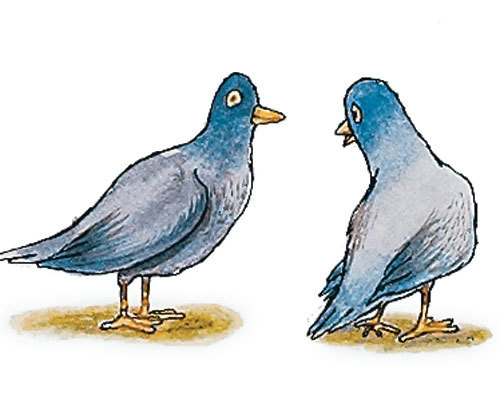 been prized in Europe as a super-manure since the Middle Ages when folks kept dovecotes and pigeon lofts atop their houses, growing the squabs for food and using the manure to fertilize gardens and fields. Pigeon manure rates higher than other fowl at 4.2% nitrogen, 3% phosphorus, and 1.4% potassium. It is harder to find and gather than other manures, and is best if composted thoroughly before using.
been prized in Europe as a super-manure since the Middle Ages when folks kept dovecotes and pigeon lofts atop their houses, growing the squabs for food and using the manure to fertilize gardens and fields. Pigeon manure rates higher than other fowl at 4.2% nitrogen, 3% phosphorus, and 1.4% potassium. It is harder to find and gather than other manures, and is best if composted thoroughly before using.
Let manure mellow in your compost pile
Commercially packaged manure comes composted, but if you collect fresh manure, you’ll need to do some composting before applying it to your plants. How long depends on the type of manure and the season. Add the manure slowly to the compost pile over several days or weeks, allowing plenty of air to circulate in the compost bin. Add other organic matter like grass clippings and leaves to break up the manure and speed curing. Turn the compost regularly as you add more manure. Stop adding the manure two months before you plan to use it in the garden. You’ll know the manure is well composted when it produces no heat and loses most of its objectionable odor when dry.
While it’s okay to add manure directly to garden soil in the fall (farmers do it all the time), I’ve found that cow, horse, and bird manure are best if composted first. On the other hand, sheep, goat, and rabbit manure are easy to spread directly. Broadcast the pellets evenly and work them 1 in. to 2 in. into the soil. Then add another layer on top of the soil. This keeps the manure distributed, an important step in curing manure because it creates a larger surface area and combines the manure with the existing soil. This allows for easy decomposition over the fall and winter months.

Finding your own source
It’s ironic that with all these types of fertilizer, only cow manure is readily available in most garden shops. But there are alternatives, and with a little reading and a few phone calls, you can locate a hot spot for manure that’s much better than bagged cow and probably free to boot.
How do you find other manures? Well, speaking as a part-time farmer who is always behind on his chores, I can tell you that I would never turn down volunteers to come clean my stalls. With this in mind, farms are the most logical place to begin.
You generally won’t find them in the Yellow Pages, so try looking instead in the classified sections of local newspapers. Once you locate someone in your area selling the livestock, call and volunteer to clean out stalls. Or, if you’re a real salesman, you might simply arrange to be handy as a free hauling service after the stalls are cleaned.
 |
|
If you’re interested in the better stuff, however, you might again try the paper, or the extension agent in your county. Ask the agent if he or she knows anyone in the area who raises goats or sheep. You will probably be surprised to find that there are folks within an hour of your house who have these ruminants. Remember, you get double the nutrients in half the manure and with a third the work.
Rabbits present a different problem because few people raise them in sufficient quantity for manure except pet stores and a few breeders. Try calling your local pet store. Ask what they do with all their manure and if they work with local breeders. If they don’t hang up on you, they’ll probably be more than happy for you to come by and pick up the manure after they have already scraped it themselves. Be nice. Provide the bucket. But make sure it’s rabbit manure you’re getting; you don’t want droppings from dogs, cats, or reptiles.
Pigeons, too, are not as rare as some might think. Call your local extension agent or even the chamber of commerce (our pigeon club is mentioned in the city’s listings for clubs) and ask if they know of anyone raising pigeons. Since immaculate lofts are important for healthy birds, most pigeon fanciers are religious about cleaning out lofts. But what will they do with all those droppings? Maybe you can help? Again, provide a bucket and by all means, pick up the stuff when you say you will.
With the emphasis these days on recycling and chemical-free gardening, manure is a perfect answer for many people. With a phone call or two and a few hours of work, you can provide your soil with natural, organic nutrients that enrich your garden at little or no cost.
Roy McGinnis from Issue #12 of Kitchen Gardener





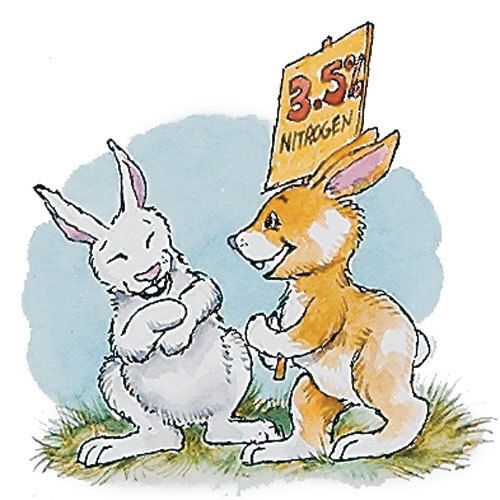


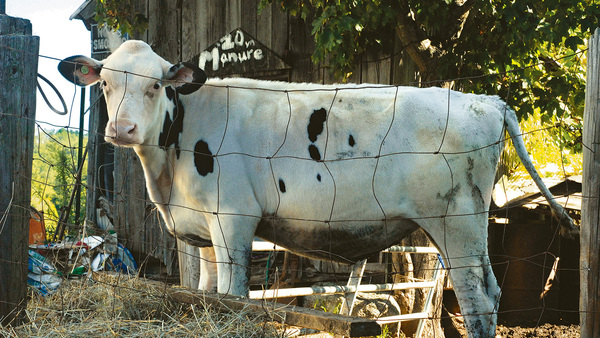

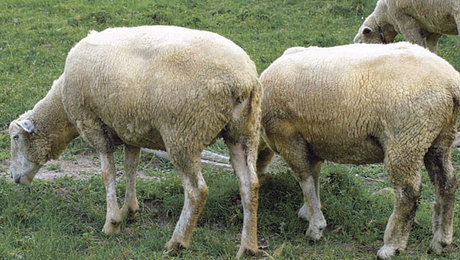













Comments
Log in or create an account to post a comment.
Sign up Log in